Scientific report published
BGS was requested by the UK Government to address six questions related to recent scientific research on the hazard and risk from induced seismicity during hydraulic fracturing of shale rocks.
22/09/2022 By BGS Press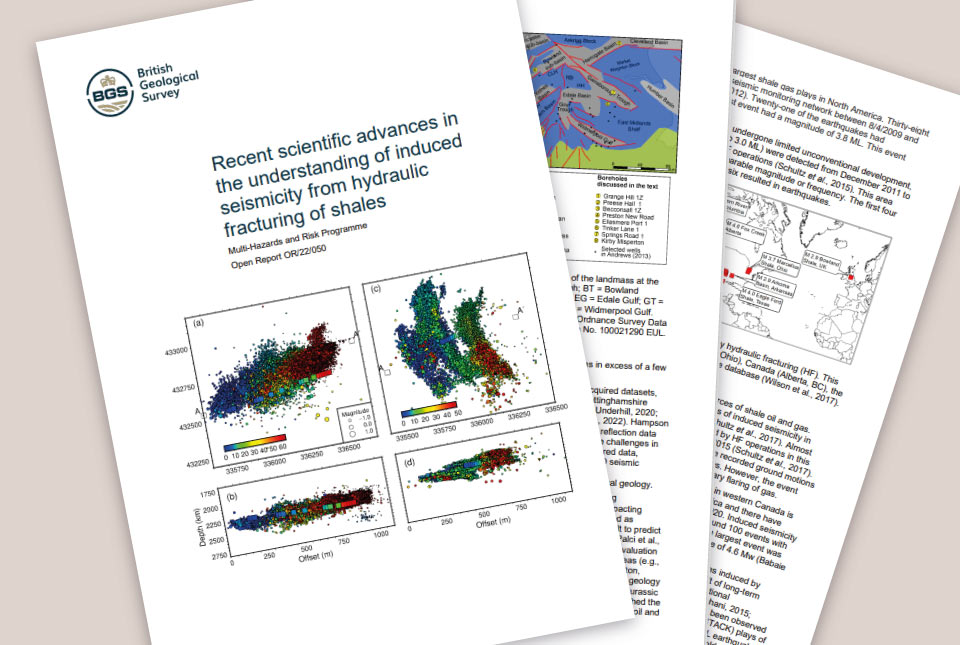
BGS submitted the report ‘Recent scientific advances in the understanding of induced seismicity from hydraulic fracturing in shales’ to the UK Government on 5 July 2022. This was in response to a Government request for a review of new scientific evidence focusing on the period from November 2019 until the present.
The report has been externally peer-reviewed by independent experts both within and outside the UK. The report draws on existing peer-reviewed data and research from academic journals, as well as on information from relevant technical reports from regulators and public bodies.
The UK Government requested BGS address six questions related to recent scientific research on the hazard and risk from induced seismicity during hydraulic fracturing of shale rocks. For more information about these questions, please refer to the letter from the Secretary of State.
This report concludes that forecasting the occurrence of large earthquakes and their expected magnitude is complex and remains a scientific challenge. As a result, our ability to evaluate and mitigate risks from hydraulic fracturing-induced seismicity and predict the occurrence of larger earthquakes during hydraulic fracturing operations is also a challenge.
This report also concludes there are new seismic data analysis methods that could help to manage the risk of seismic activity from hydraulic fracturing in shales. Further work is needed to develop these methods and incorporate them in risk assessments.
If you have any enquiries on the findings of the scientific report, please email our Press Office.
If you have any other queries then please contact the BEIS press office.
Further information about our research is also available on our website:
Frequently asked questions
BGS submitted the report ‘Recent scientific advances in the understanding of induced seismicity from hydraulic fracturing in shales to the Department of Business, Energy & Industrial Strategy on 5 July 2022. The report was prompted by a Government request for BGS to conduct a review of science about seismic activity associated with hydraulic fracturing of shales to extract hydrocarbons, focusing on work published between November 2019 and the present.
BGS was requested by the UK Government to address six questions related to recent scientific research on the hazard and risk from induced seismicity* during the hydraulic fracturing of shale rocks. More information about these questions can be found in a published letter from the Secretary of State of the Department of Business, Energy & Industrial Strategy.
*induced seismicity: earthquakes that are caused by human activity, such as hydraulic fracturing and mining.
In order to answer the questions set out by the Secretary of State of the Department of Business, Energy & Industrial Strategy, the report draws on existing data and peer-reviewed research from academic journals and information from relevant technical reports from regulators and public bodies. This includes:
- published examples of induced seismicity related to hydraulic fracturing
- analytical and numerical modelling studies
- geological investigations
- hazard and risk assessments
- our wider understanding of earthquakes in general
No drilling of any further test wells or seismic monitoring took place.
This report has been externally peer-reviewed by independent experts within and outside the UK. The peer-review process was required to independently assess the quality and validity of the work.
The report set out to answer the questions set out by the Secretary of State for the Department of Business, Energy &Industrial Strategy. The report also sets out recommendations where further study is needed.
This report concludes that forecasting large magnitude earthquakes and understanding the mechanisms behind earthquake occurrence remain a scientific challenge. This is the case for tectonic, natural and induced earthquakes.
This report also concludes that methods have been developed that use geological and geophysical data, including real-time analysis of operational data. These methods may help evaluate the potential for induced seismicity and therefore better manage risks both before and during hydraulic fracturing operations. More work is needed to develop these methods and incorporate them into risk assessments. Further research to bring new insights that may reduce uncertainties and improve the mitigation of risks is also required.
A full summary and further information about the scientific content of the review is included within the report.
The report submitted to the Department for Business, Energy & Industrial Strategy answers six specific questions from the terms of reference related to recent scientific research on the hazard and risk from induced seismicity during hydraulic fracturing of shale rocks. While this may help inform any decision about the lifting of the moratorium, our report does not make any conclusions about whether the moratorium should be lifted.
The report concludes that more measurements from boreholes in areas of shale gas potential will improve assessment of risks prior to, and during any hydraulic fracturing operations. For example, recent research demonstrates the importance of geomechanical modelling to identify the faults that are most likely to rupture during operations. These models require accurate mapping of subsurface faults, robust estimates of stress state and formation pore pressures, and knowledge of the mechanical properties of subsurface rocks.
Relative topics
Related news
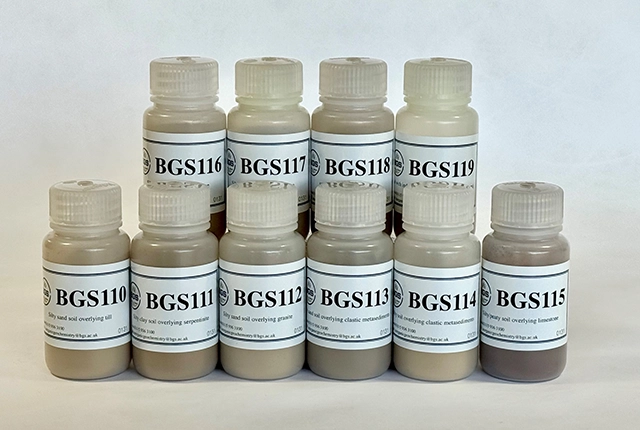
Suite of ten new soil reference materials released
02/01/2026
BGS has a longstanding track record of producing high-quality reference materials and has released ten new soil reference materials.
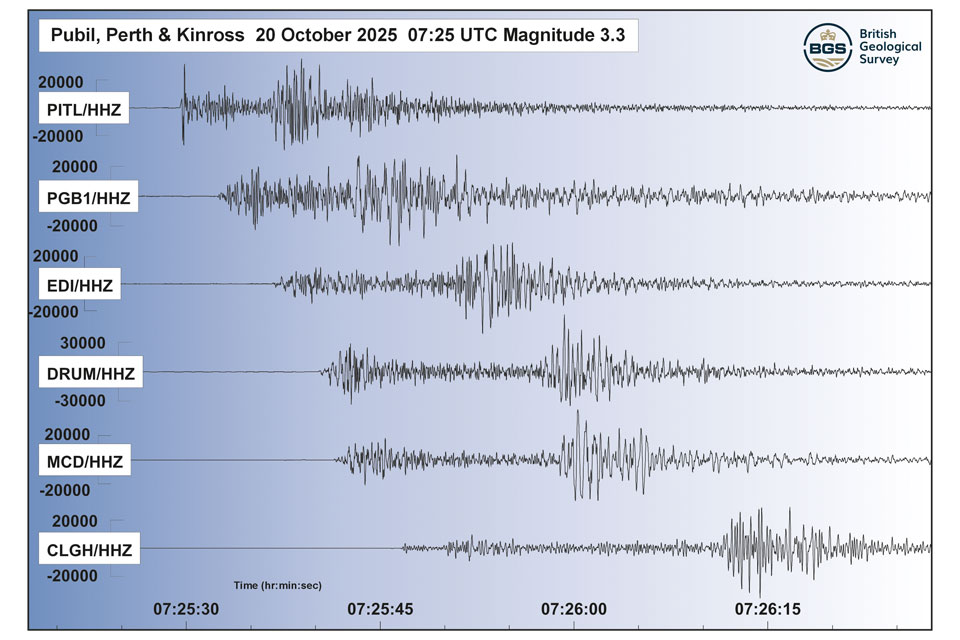
Perth and Kinross tops the UK’s earthquake activity charts for 2025
29/12/2025
Seismologists at BGS have published data on the number of seismic events over the past 12 months with over 300 earthquakes recorded.
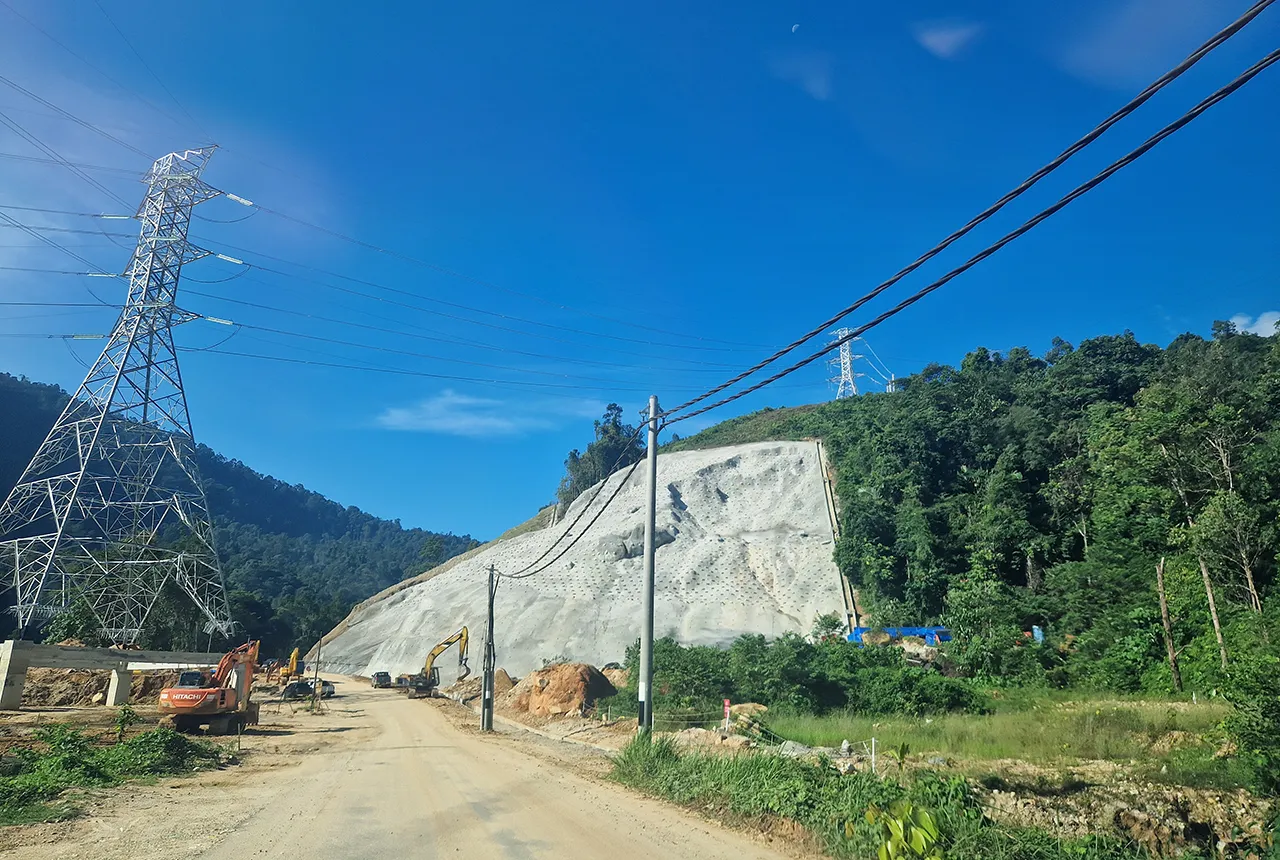
BGS awarded funding to support Malaysia’s climate resilience plan
17/12/2025
The project, funded by the Foreign, Commonwealth & Development Office, will focus on minimising economic and social impacts from rainfall-induced landslides.
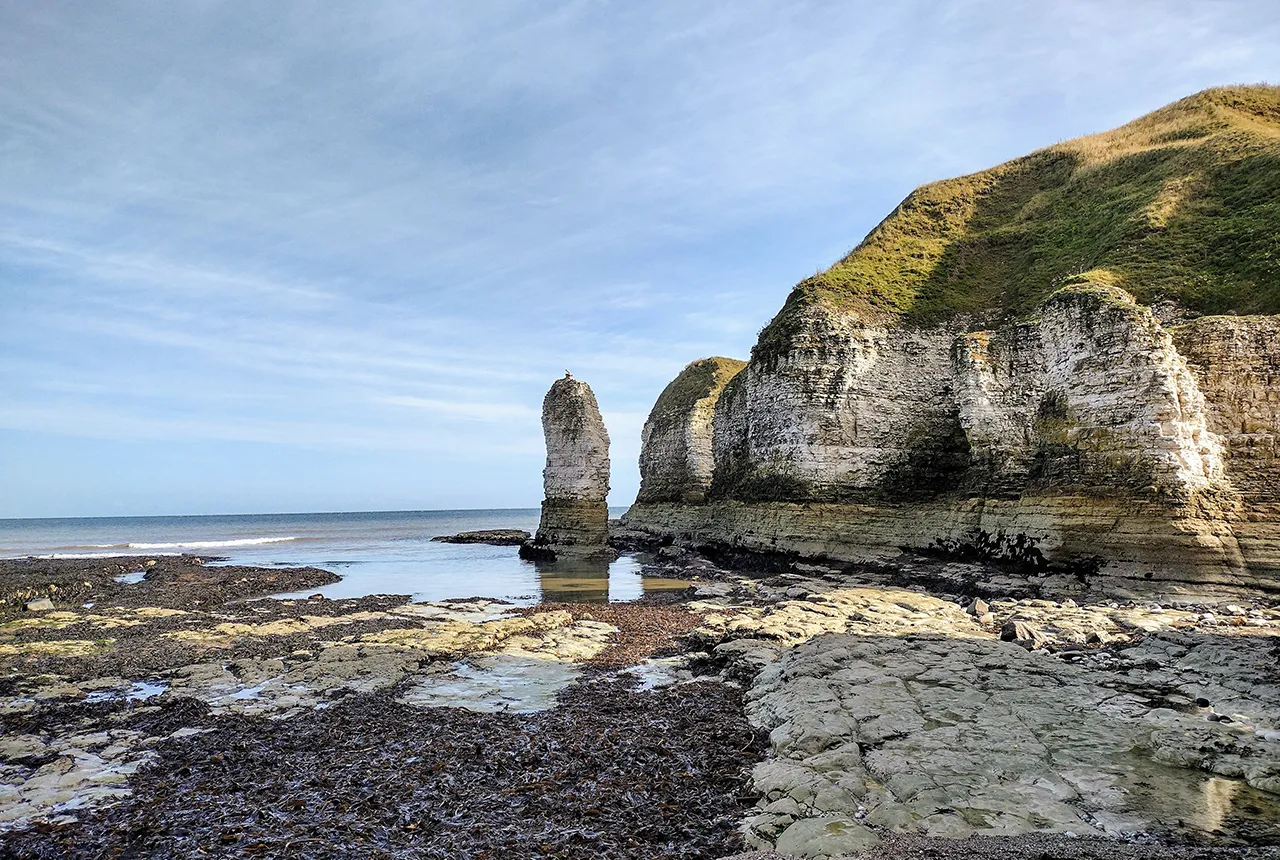
New geological maps of the Yorkshire Wolds to better inform groundwater management and policy decisions
17/12/2025
The new mapping provides crucial data on localised geological issues that may assist in protecting water supplies.
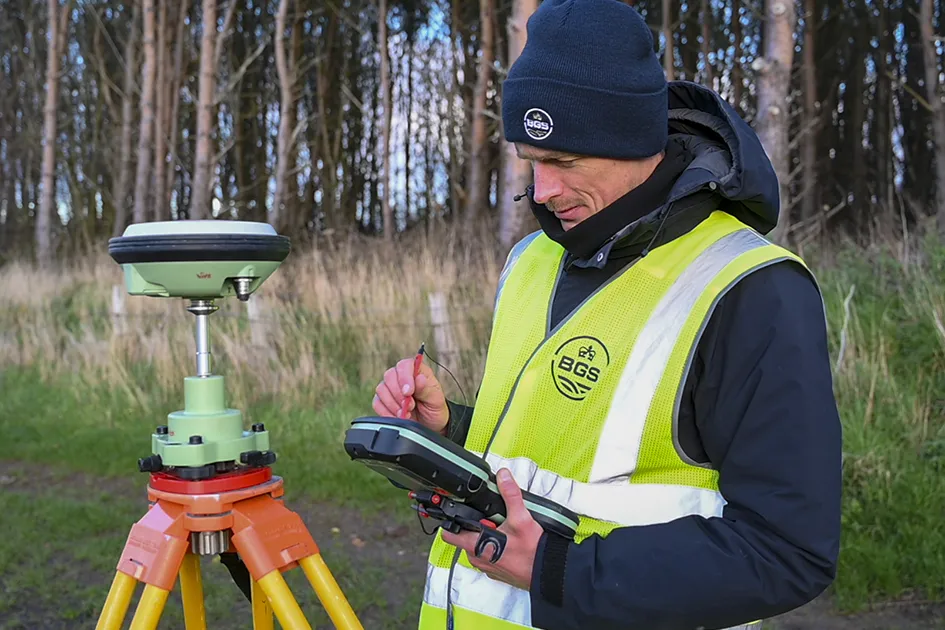
‘Three norths’ set to leave England and not return for hundreds of years
12/12/2025
The historic alignment of true, magnetic, and grid north is set to leave England, three years after they combined in the country for the first time since records began.
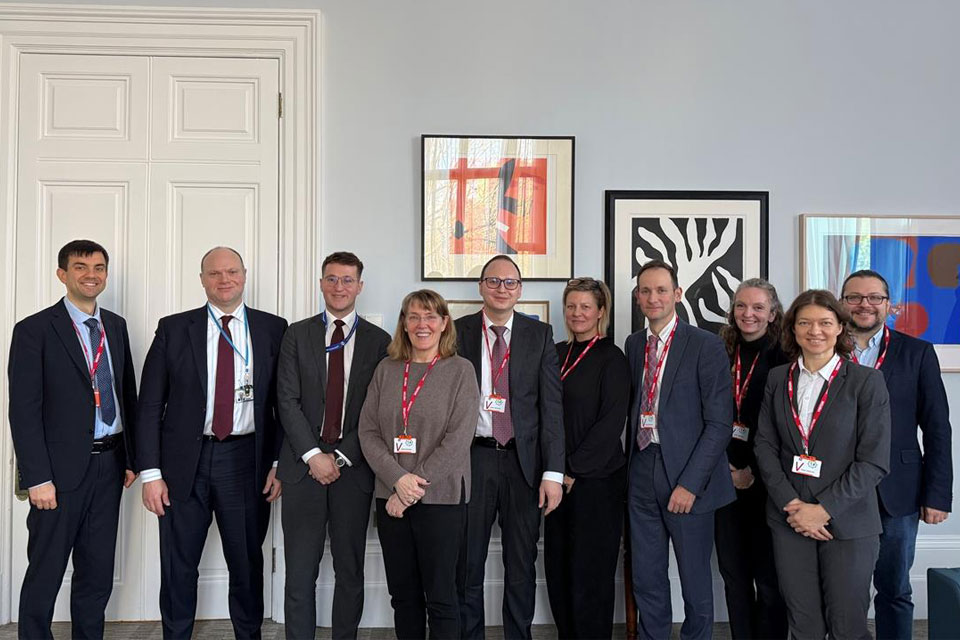
BGS agrees to establish collaboration framework with Ukrainian government
11/12/2025
The partnership will focus on joint research and data exchange opportunities with Ukrainian colleagues.
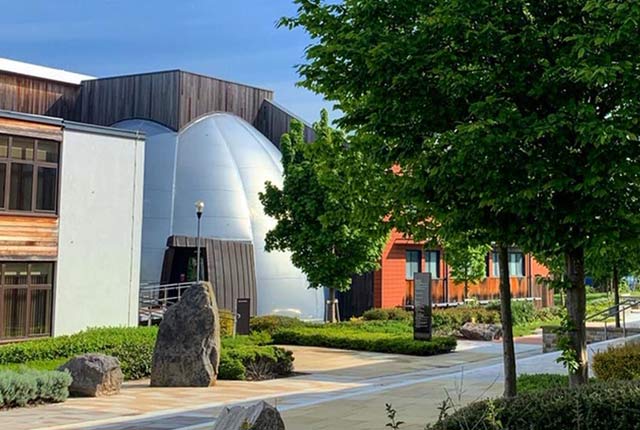
Making research matter: BGS joins leading research organisations in new national initiative
10/12/2025
A new alliance of 35 organisations has been formed that is dedicated to advancing science for the benefit of people, communities, the economy and national priorities.

New 3D model to help mitigate groundwater flooding
08/12/2025
BGS has released a 3D geological model of Gateshead to enhance understanding of groundwater and improve the response to flooding.
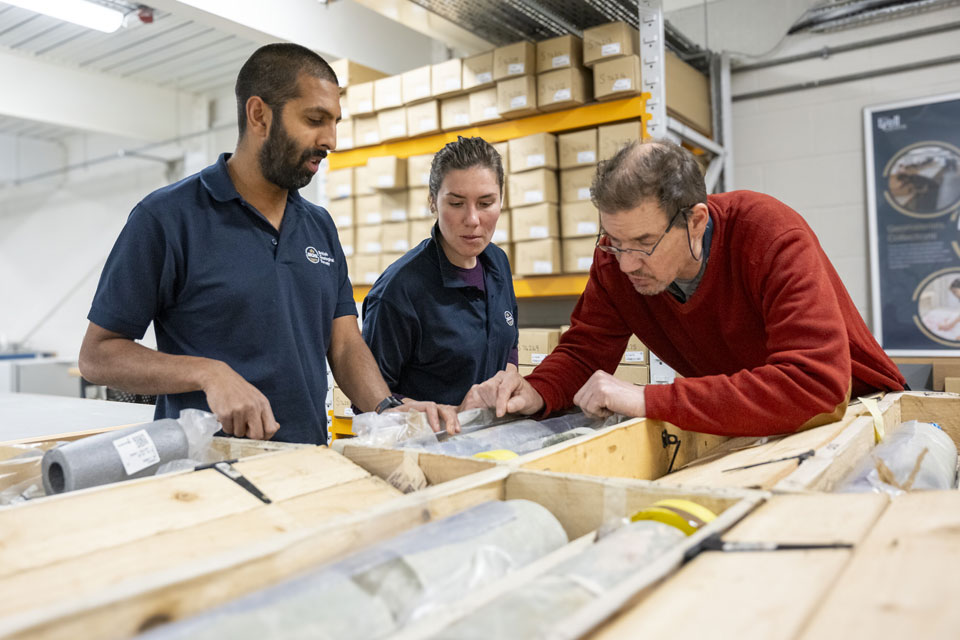
Scientists gain access to ‘once in a lifetime’ core from Great Glen Fault
01/12/2025
The geological core provides a cross-section through the UK’s largest fault zone, offering a rare insight into the formation of the Scottish Highlands.
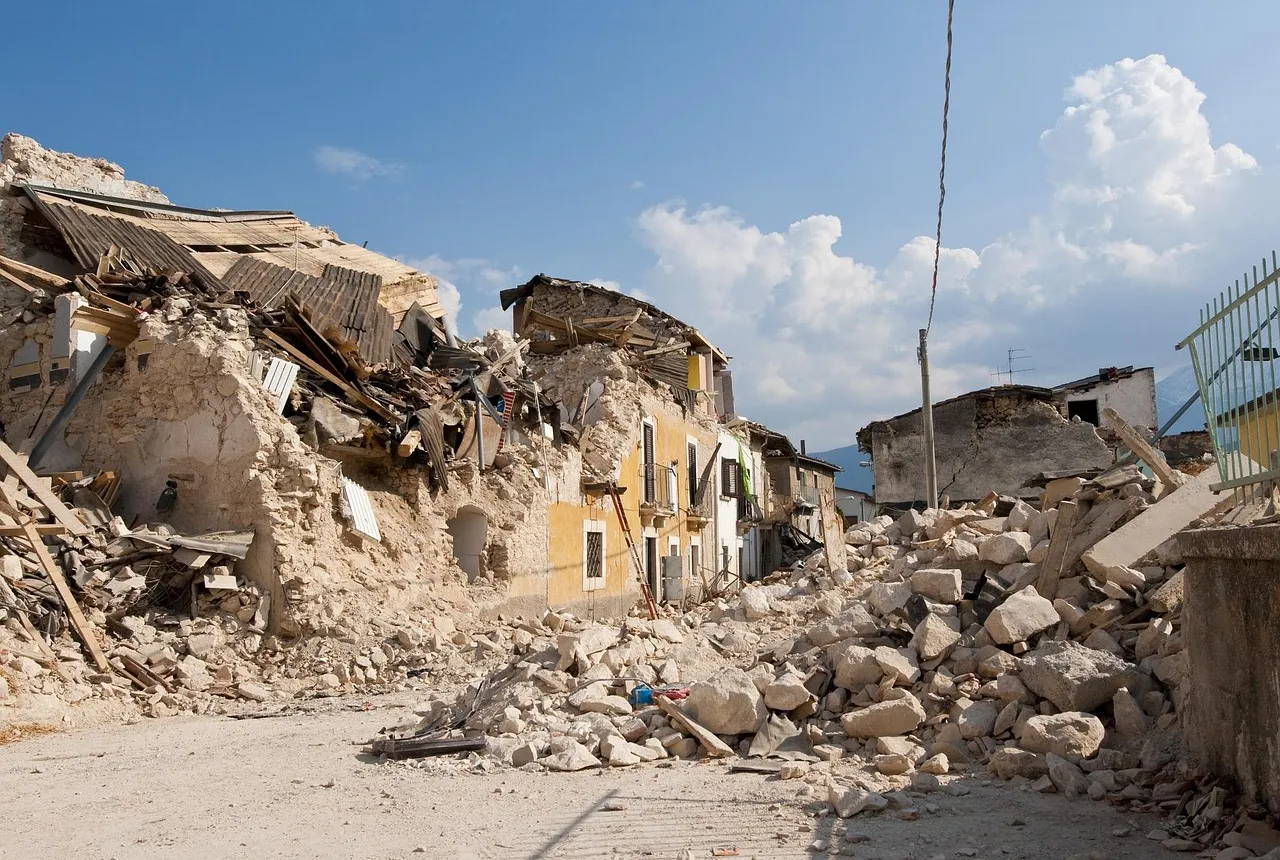
New research shows artificial intelligence earthquake tools forecast aftershock risk in seconds
25/11/2025
Researchers from BGS and the universities of Edinburgh and Padua created the forecasting tools, which were trained on real earthquakes around the world.

BGS welcomes publication of the UK Critical Minerals Strategy
23/11/2025
A clear strategic vision for the UK is crucial to secure the country’s long-term critical mineral supply chains and drive forward the Government’s economic growth agenda.

New funding awarded for UK geological storage research
21/11/2025
A project that aims to investigate the UK’s subsurface resource to support net zero has been awarded funding and is due to begin its research.


